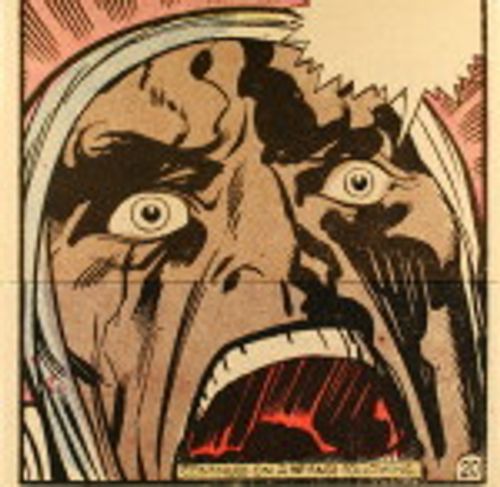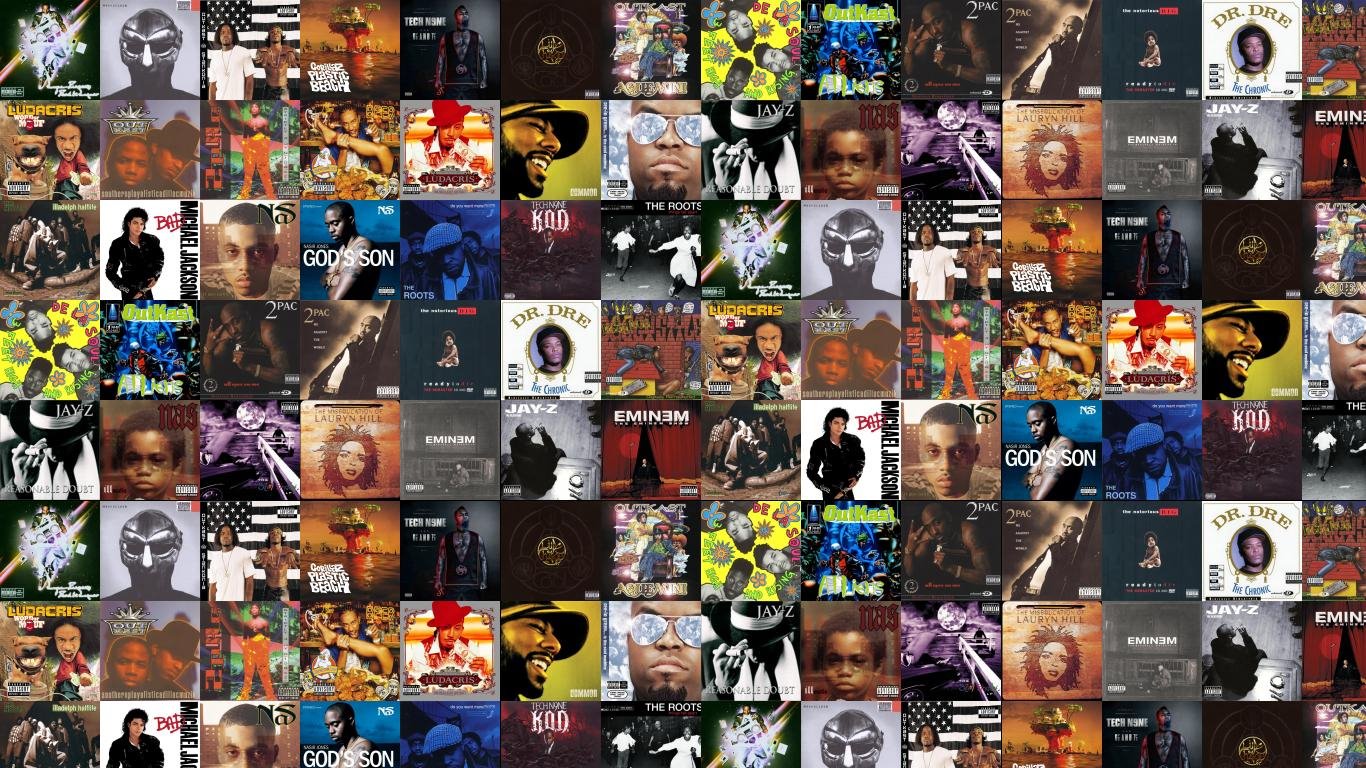

But on “Madvillainy” (Stones Throw) the duo Madvillain-the m.c.

In most cases, this is the last thing a popular musician should be doing. Independent pop-not just hip-hop-has in many ways become a version of graduate school, a safe zone where artists can eke out a living, take their time doing specialized work.

Others are so committed to resurrecting various “golden ages” of hip-hop-1979, 1988, 1993-that their work is not much different from that of Renaissance-fair revivalists dancing around the maypole. Some m.c.s spend so much time scolding the popular m.c.s that they come across as schoolmarms, switches in hand. Some independent acts prove their devotion by exulting in musical and linguistic obscurity, like slightly hipper stamp collectors. Wanna-be prophets dream of chasing the moneylenders out of the temple, even though the moneylenders built the place. These independent artists rue the perfidy of apostate millionaires, and moan about pop stars who abandoned the true faith. As hip-hop became the lingua franca of youth all over the world and artists like Jay-Z and Eminem made remarkable and remarkably popular records, a parallel subculture of independent labels and artists grew up around a doctrine that was almost puritan. This fact hasn’t stopped the revisionists. Hip-hop, of course, did start with people rhyming over well-known songs, and very few hip-hop records have actually been produced with only two turntables and a microphone. And with Scripture comes orthodoxy: parvenu superstars rapping about guns and women and sampling popular songs are somehow betraying the original ideals these new popular artists are “rap,” not hip-hop hip-hop isn’t about sampling well-known songs like Rick James’s “Super Freak” and talking about champagne-it involves “skills” and an affinity for the “truth.” It sounds, in short, like Sunday school. As this happened, hip-hop gained a self-consciousness, as all successful art forms do, and a set of beliefs: hip-hop, sayeth the faithful, is made with two turntables and a microphone graffiti and break dancing are the appropriate activities if you aren’t rapping or d.j.ing. In the mid-nineties, multitasking figures like Puff Daddy helped make it a brand. Dre and his muse Snoop Doggy Dog, hip-hop became geometrically more popular than it had ever been. In the early nineties, thanks to performers like Dr.


 0 kommentar(er)
0 kommentar(er)
